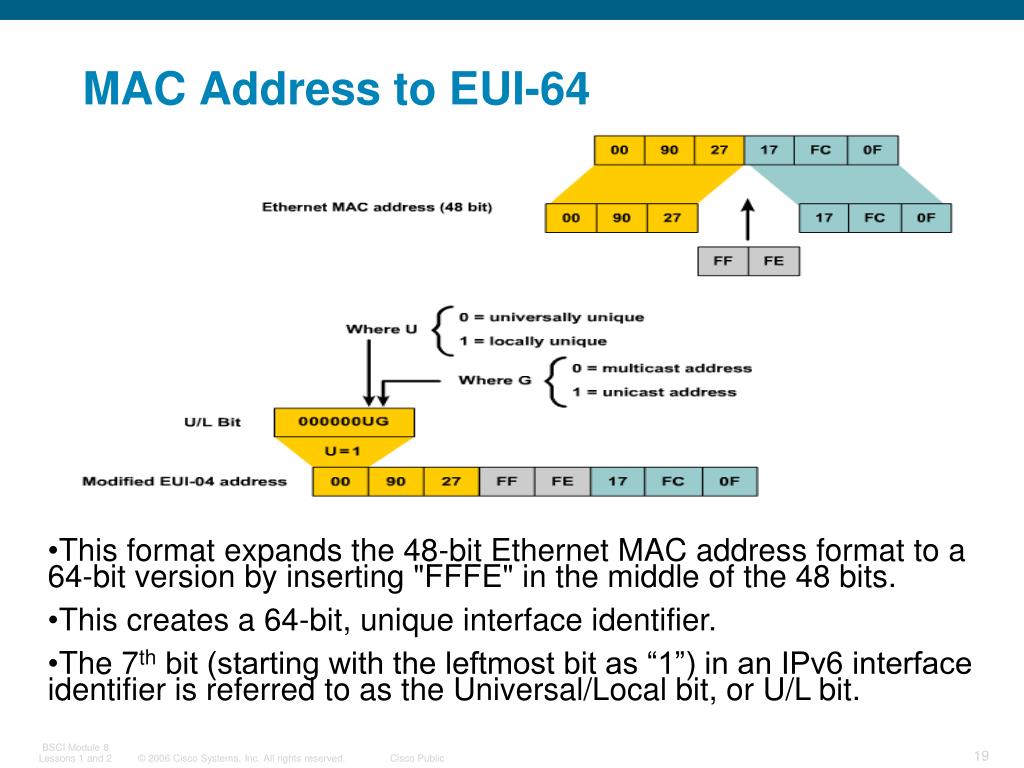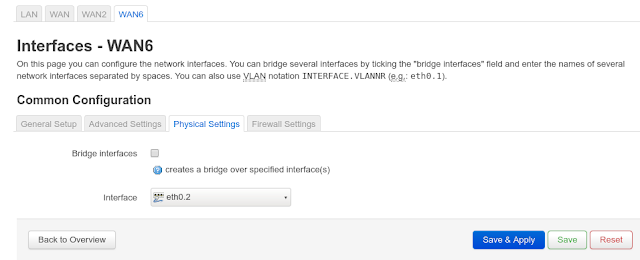


However, there is a big difference: an IPv4 link-local address is typically assigned to an interface when DHCP fails to supply an address. IPv4 link-local addresses are taken from the prefix 169.254.0.0/16. In practice, only fe80::/64 is used.Īt first glance, IPv6 link-local addresses are similar to IPv4 link-local addresses, which are defined in RFC 3927 (Dynamic Configuration of IPv4 Link-Local Addresses). IPv6 link-local addresses are defined by RFC 4291 (IPv6 Addressing Architecture) and are covered by the prefix fe80::/10. There have been cases where routers would happily forward packets with a link-local source address. Packets with those addresses are not forwarded by routers. IPv6 link-local addresses are addresses that can be used to communicate with nodes (hosts and routers) on an attached link. In this article, we described how link-local addresses in IPv6, and specifically the '%eth0'-part of link-local addresses, can have an impact on RIPE Atlas measurements. And while this is true for most network operators, if you're a RIPE Atlas system programmer, you can run into interesting situations. Some people say IPv6 is "96 more bits, no magic". or, how RIPE Atlas measurement data just got a little bit more complex.


 0 kommentar(er)
0 kommentar(er)
